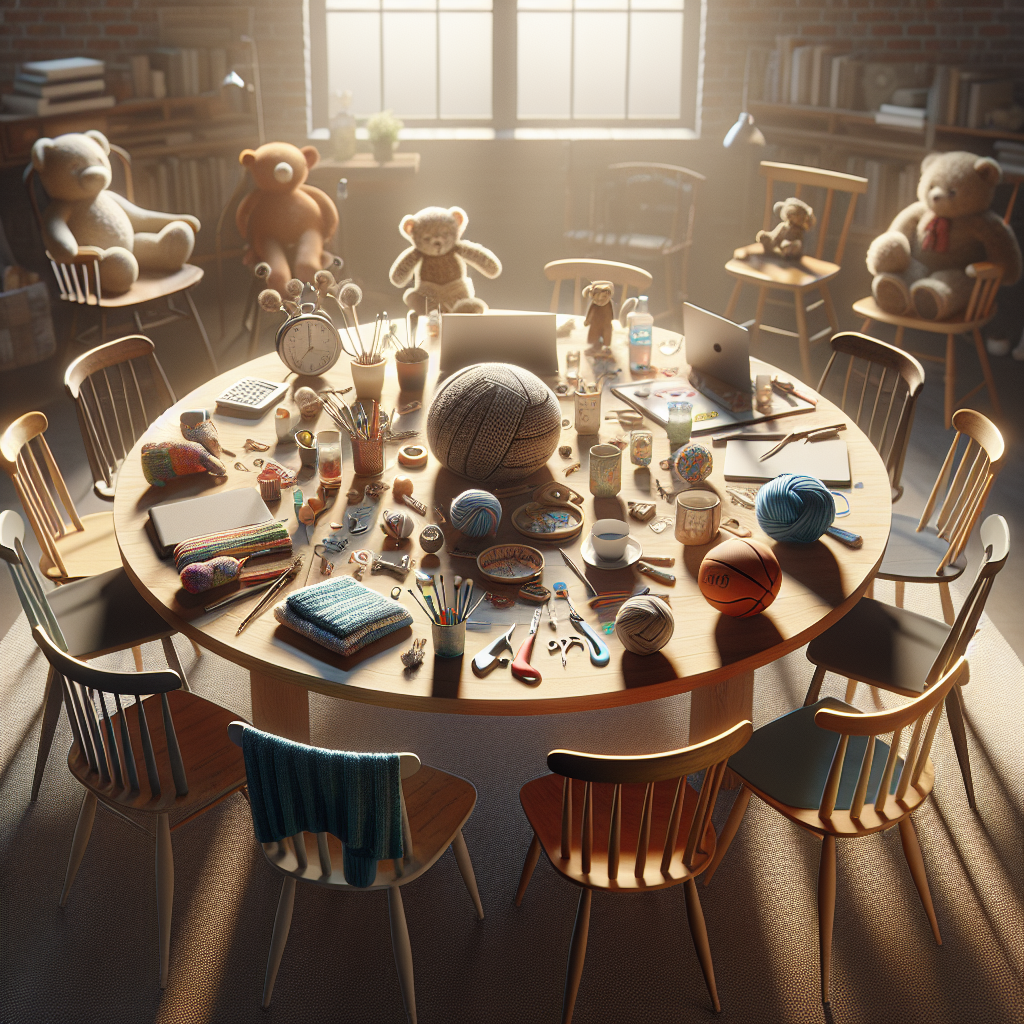Unraveling the Complexities of Family Dysfunction: A Guide to Navigating Turbulent Relationships
- lynnschechter
- Sep 1, 2024
- 2 min read
Family is supposed to be our safe haven, a place of unconditional love and support. However, for many individuals, family dynamics can be challenging, causing emotional turmoil and distress. Family dysfunction is a prevalent issue that can leave lasting scars if not addressed. In this listicle, we will delve deeper into the complexities of family dysfunction and provide strategies to help you navigate through these turbulent relationships.
1. Understanding Family Dysfunction

Family dysfunction encompasses a range of behaviors and patterns that hinder healthy relationships within a family unit. These may include communication breakdowns, unresolved conflicts, emotional abuse, addiction issues, and more. Recognizing the signs of family dysfunction is the first step towards addressing them effectively.
2. Common Manifestations of Family Dysfunction

Lack of Communication : Communication is key to fostering healthy relationships. In dysfunctional families, communication breakdowns often lead to misunderstandings and resentment.
Unresolved Conflicts : Ignoring or avoiding conflicts can exacerbate tensions within the family, creating a toxic environment.
Control and Manipulation : Some family members may exhibit controlling or manipulative behaviors, undermining the autonomy of others.
Emotional Neglect : Emotional neglect can leave individuals feeling unseen, unheard, and unsupported within the family structure.
Boundary Problems : Intrusiveness
3. Coping Strategies for Dealing with Family Dysfunction
When faced with family dysfunction, it is essential to prioritize your emotional well-being and establish boundaries to protect yourself. Here are some strategies to help you navigate through challenging family dynamics:
Seek Support : Reach out to friends, a therapist, or support groups to gain perspective and emotional support.
Set Boundaries : Establish clear boundaries to protect yourself from toxic behaviors and interactions.
Practice Self-Care : Engage in activities that nurture your mental and emotional health, such as mindfulness, exercise, or creative pursuits.
Communicate Assertively : Express your thoughts and feelings assertively, setting clear expectations for respectful communication.
4. Healing and Moving Forward
Healing from family dysfunction is a journey that requires time, patience, and self-reflection. By acknowledging the impact of past experiences and actively working towards healing, you can break free from negative patterns and cultivate healthier relationships in the future.
5. Embracing Growth and Transformation
Navigating family dysfunction can be an arduous process, but it can also be a catalyst for personal growth and transformation. By confronting the challenges within your family dynamics, you have the opportunity to cultivate resilience, empathy, and self-awareness.
In conclusion, family dysfunction is a complex issue that many individuals grapple with. By understanding the root causes of dysfunction, implementing coping strategies, and prioritizing your well-being, you can begin to heal and rebuild healthier relationships. Remember, you are not alone in this journey, and there is always hope for a brighter tomorrow.
Let's embark on this journey of self-discovery and healing together, one step at a time.
Website Name: N/A Business Type: N/A









Comments